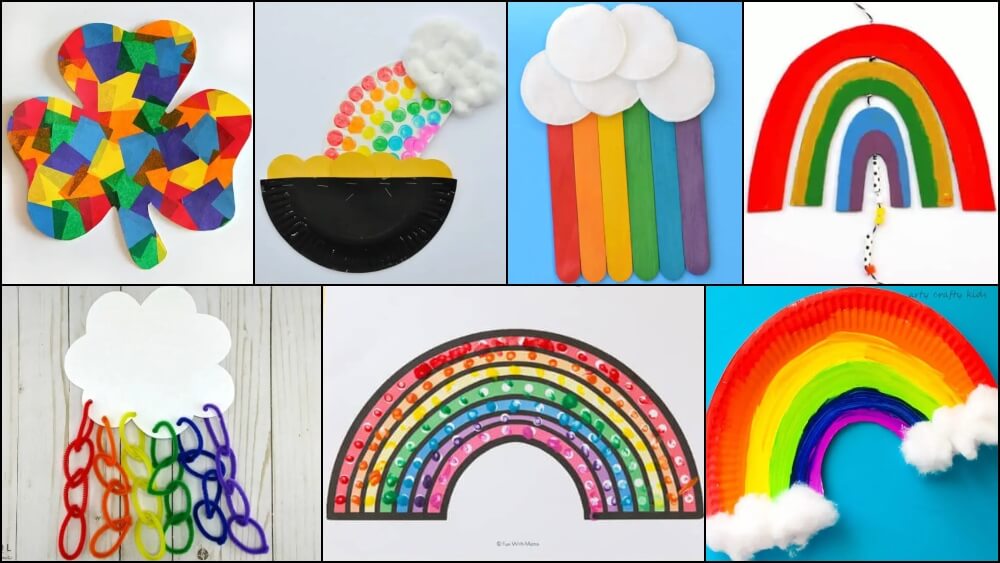The science of snowflakes

The sight of falling snow is always beautiful and pleases one’s mind. Whether it be the beauties of our world or anything else, science links itself to each and every concept.
And since our curiosity seems to have no bounds, let’s try and understand the science that deals with snowflakes.
Contents
How are snowflakes different from ice cubes?
Each snowflake is symmetrical in shape and has six sides to it.
Ice cubes are the result of water cooling down to its solid form, but snowflakes are formed when water vapours turn directly into ice. Therefore, it is important to dissect the formation of water molecules as that will help us understand the story behind snowflakes.
The Structure of a water molecule
The structure of water constitutes the bonds between two Hydrogen atoms and one Oxygen atom. The resulting water molecule then has ten protons and ten electrons.
The bond formation between Hydrogen and Oxygen atoms is such that two electrons from the outermost shell of oxygen are shared with two electrons from both hydrogen atoms. The remaining four electrons of oxygen form two pairs. The resulting bond so formed between hydrogen and oxygen is called the Covalent bond.
We know that similar charges repel each other, and since electrons are all negatively charged and so the two pairs of electrons stay away from each other. The structure of the bond so formed has various electrons interacting with each other. However, the two un-bonded pairs of electrons repel each other more strongly than the shared pair of electrons.
The resulting water molecule is formed in a manner that the two Hydrogen atoms are pushed away and form an angle of 104.5 degrees.
Although the molecule as a whole is neutral, the Oxygen atom carrying more charge than the Hydrogen atoms is labelled as negatively charged and the two hydrogens as positive. Opposite charges attract each other, so, this oxygen bonds with the hydrogen atom of another water molecule. The bond so formed is a somewhat weaker bond and is called a hydrogen bond.
How is a snowflake formed?
Considering the molecule formation and bonding involved in the process, once water freezes, these same bonds come together rapidly. The product results into a hexagonal structure, owing to the bond angles and repulsive charges.
This can be understood as the blueprint of a snowflake. As this moves through the air, more water vapour molecules bond with the six edges of the original formation.
This continuous process helps the snowflake expand outwards.
The shapes of the final product can vary depending on the temperature and humidity.
As these snowflakes reach the ground, they come in contact with wetter snow and these liquid water molecules help them stick to each other easily.






Responses